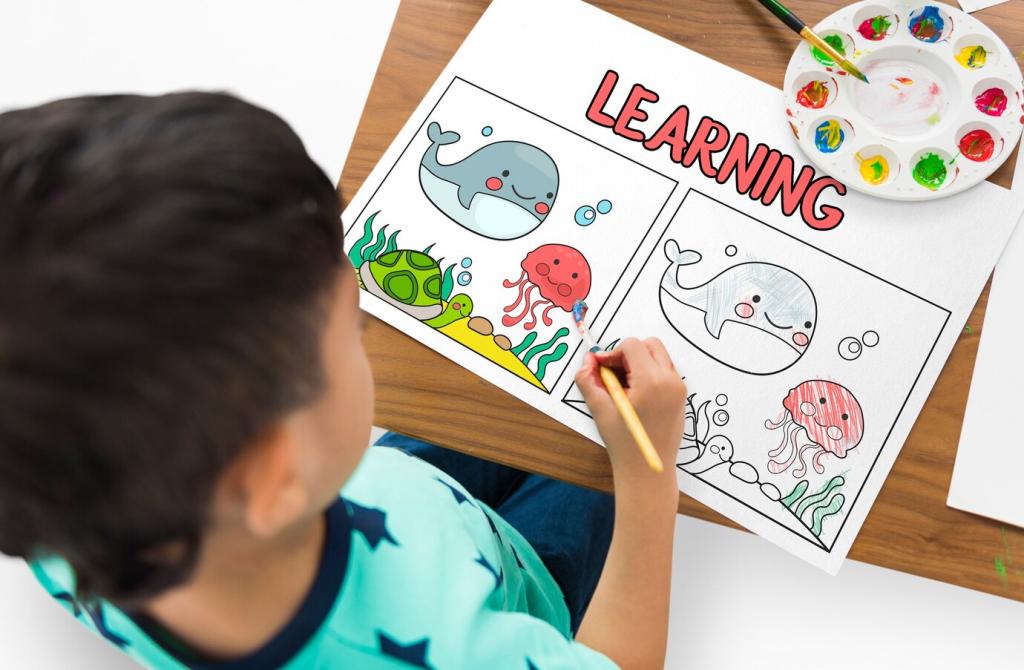Culturally Responsive Money Conversations
Invite students to interview caregivers about saving systems, rotating credit circles, or remittance strategies. Map strengths and risks together, then connect them to mainstream tools. A student’s grandmother taught envelope methods that inspired a classwide cash-flow board. What traditions could you highlight? Share an approach below.
Culturally Responsive Money Conversations
Co-create living glossaries in students’ home languages, pairing terms like interest, deductible, and amortization with stories and visuals. Learners gain confidence code-switching at banks and workplaces. Share your translations, and we’ll compile a community resource library for subscribers to use and adapt.
Culturally Responsive Money Conversations
Use structured dialogues—two minutes each, no cross-talk—to explore values around giving, saving, and spending. Hearing peers’ realities softens shame and opens problem-solving. Students often suggest collective goals after circles. Comment with a prompt that sparked surprising insight in your group so others can try it.








